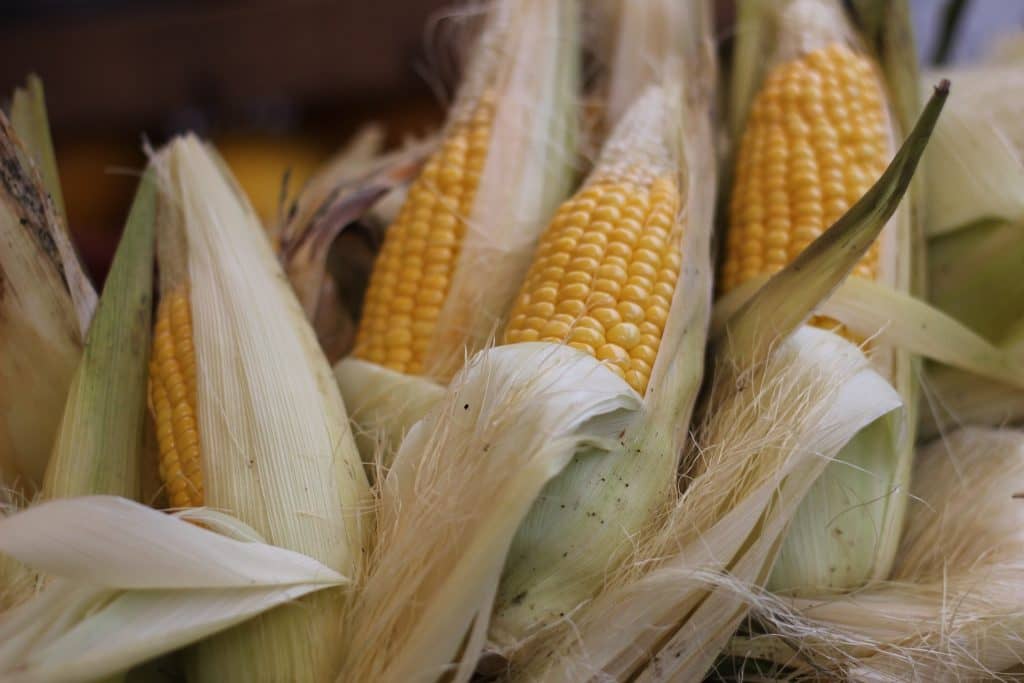Porto Alegre, April 30, 2024 – The Brazilian market persists in two different situations. On the one hand, the great second crop in Mato Grosso and Goiás, on the other, the continued concerns about the second crop in Mato Grosso do Sul and part of Paraná. As the crops had a strong variety of planting dates, we have crops at all stages. However, Mato Grosso leads national exports, and the largest flow will end up occurring in this state from August onward. The issue is that there is not much international demand for Brazilian corn at the moment, with Argentina having already sold well, and the United States at a good national pace. Brazil will need to adapt to external reality if it wishes to sell its surpluses.
The harvests in Mato Grosso and Goiás should start to advance in mid-May, depending on the weather situation in the coming few days. Now, corn needs to mature to make the harvest and the flow of commercialization viable. While these two states have a second crop that is free from greater risk, due to the rain that has already occurred until last week, parts of Mato Grosso do Sul, Paraná and São Paulo still have a portion of their crops at full climate risk. May should be a month of below-normal rainfall, nothing out of the ordinary for this second crop. If the crops were well cultivated and have a soil water reserve, production will not be of extremely high productivity but within a normal average for a second crop. Safras & Mercado has already cut production in these states by almost 5 mln tons in its April update. The assessment going forward does not involve 100% of the producing regions in these states, but regional portions that may still suffer from the climate.
In the event of a greater cut in the second crop in these two producing states, MS and PR in particular, the sector that will be most affected is the exporter. Out of the 55 mln tons that Brazil shipped last year, 30.5 mln tons came from MT and 5 mln from Goiás. Only 3.7 mln tons came from MS, and 4.7 mln from Paraná. If there is a smaller crop in these two states, there will simply be smaller exports, without affecting domestic availability for domestic consumption.
Naturally, the domestic market will need proactive action in order to have competitive prices and not allow intense flows of exports in these states to occur, and, in this case, with a cut in future stocks. While MT and GO have already reached export prices, even without the harvest having started, the other states are still well above parity. PR, MS, SP, MG, and Matopiba have prices by BRL 5 to 10 above port levels. Will the second-crop harvest adjust this price in the producing regions to the export level? This will be the market’s big test in the coming few weeks. We must remember that Brazil will need to export at least 40 mln tons this year. With the first half of the year very weak, most of the volumes will be exported in the second half. We believe that GO and MT can repeat the 35 mln tons shipped in 2023. The question is whether the other states will be able to carry out shipments that bring the national number closer to the year’s target.
Copyright 2024 – Grupo CMA

